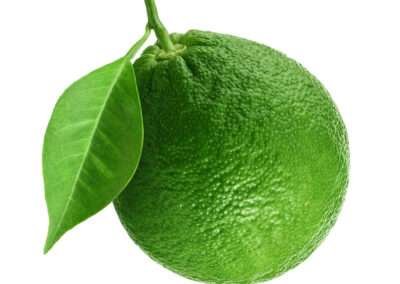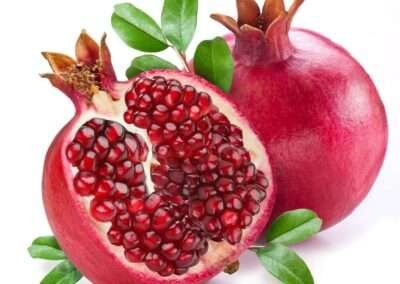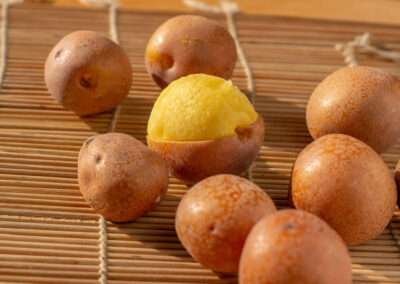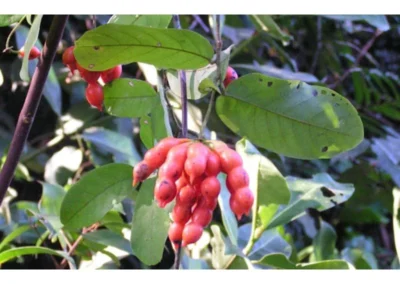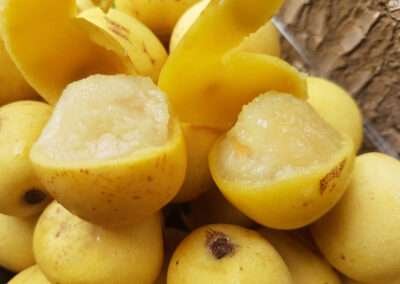
Vitex doniana
Status: Least Concern
Type: Deciduous
Kingdom: Plantae
Order: Lamiales
Family: Lamiaceae
Names: Mufutu, african oak tree fruit, chaste tree fruit, uchakoro, munyamazi or kashilumbalu
Appearance: Its fruits are at most 2.5 centimetres (31⁄32 in) in length and are dark purple or black when ripeand green when unripe. They have a shiny skin.
General Information
Vitex doniana is a medium-sized deciduous tree, 8-18 m high, with a heavy rounded crown and a clear bole up to 5 m. Bark rough, pale brown or greyish-white, rather smooth with narrow vertical fissures. The bases of old trees have oblong scales. Vitex doniana is the most abundant and widespread of the genus occurring in savannah regions. A deciduous forest tree of coastal woodland, riverine and lowland forests and deciduous woodland, extending as high as upland grassland. Requires a high-water table. Occurs on a variety of soils of varying origins, usually alluvial soils.
Uses
The fruit is used to improve fertility and to treat anaemia, jaundice, leprosy and dysentery. The root is used for gonorrhoea, and women drink a decoction of it for backaches. The young tender leaves are pounded and the juice squeezed into the eyes to treat eye troubles. .The fruit is edible, sweet and tastes like prunes; it is occasionally sold. It contains vitamins A and B and can be made into a jam. Leaves are often cooked as a vegetable. The wood is whitish to light brown. The tree produces a teak-like termite-resistant timber. It is quite hard and suitable for light building material, furniture, carvings and boats. The fruit can be made into wine. The pounded leaves can also be added to warm filtered grain beer and then drunk. The bark yields a dye that can be used for cloth and the wood is also used for firewood and charcoal.
Cultivation
Black plum is a plant of hot, tropical climates where it is found at elevations from near sea level to 1,850 metres. It grows best in areas where annual daytime temperatures are within the range 14 - 28°c, but can tolerate 10 - 36°. It prefers a mean annual rainfall in the range 750 - 2,000mm, but tolerates 600 - 2,500mm. It occurs on a variety of well-drained soils of varying origins, usually alluvial soils and prefers a pH in the range 5.5 - 7, tolerating 5 - 7.5.This species has a symbiotic relationship with certain soil bacteria, these bacteria form nodules on the roots and fix atmospheric nitrogen. Some of this nitrogen is utilized by the growing plant but some can also be used by other plants growing nearby.. The insect Rastrococcus invadens is a pest to this plant.




